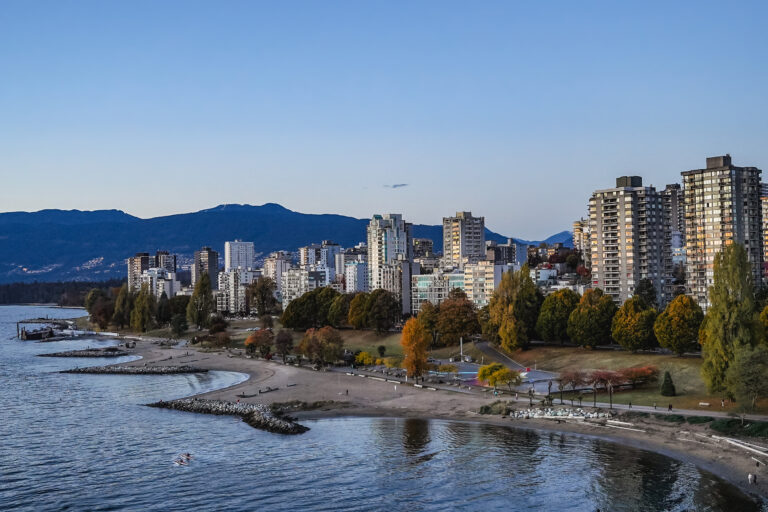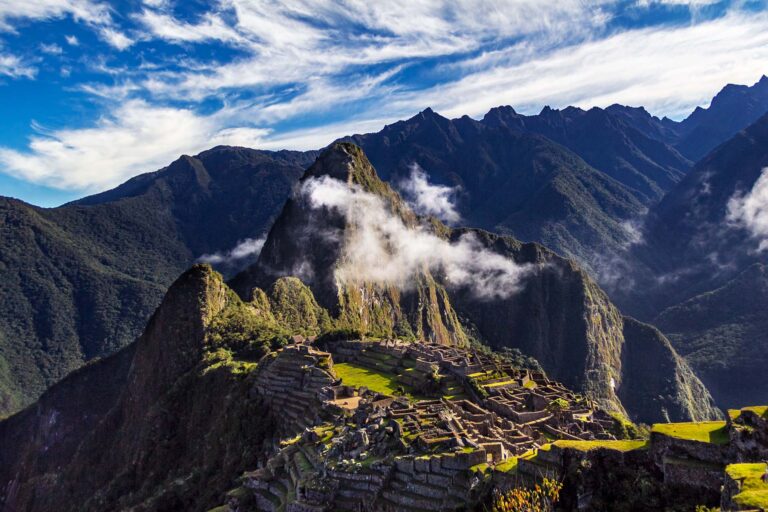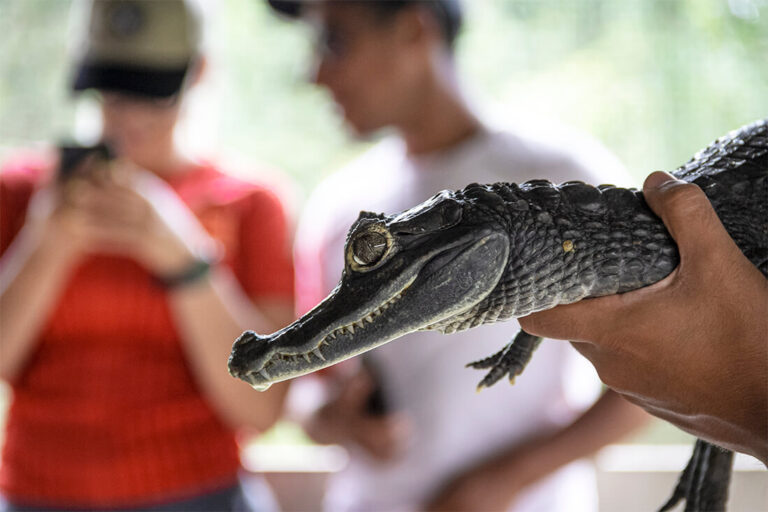Historians believe that Machu Picchu was partly built by the famous Inca emperor Pachacutec. The city was founded around 1450 and was abandoned 100 years after its construction, around the same time as the Spaniards began to occupy South America. However, the colonialists never got to the city and no one knows why the city was abandoned. It’s possible that the population was affected by a smallpox epidemic, water shortages, or civil war.
The rediscovery of the city of Incas
Machu Picchu was rediscovered by an American archaeologist from Yale University in 1911. Hiram Bingham came to Peru to discover another lost city, Vilcabamba. However, a university expedition took him to Aguas Calientes under Machu Picchu, where he met a local farmer who told him about the city.
Farmers back then called the place “old hill” which, translated from Quechua, means Machu Picchu. Only the 11-year-old son of a farmer, led the archaeologist to the mountain, Huayna Picchu, from where he first saw the ruins of Machu Picchu.
Even though most of the ruins were covered with vegetation that has grown there for the last 500 years, they were still clearly visible. It took about four months for the whole team to clear the ruins. In addition, later they had to struggle with clearing the stones of graffiti.
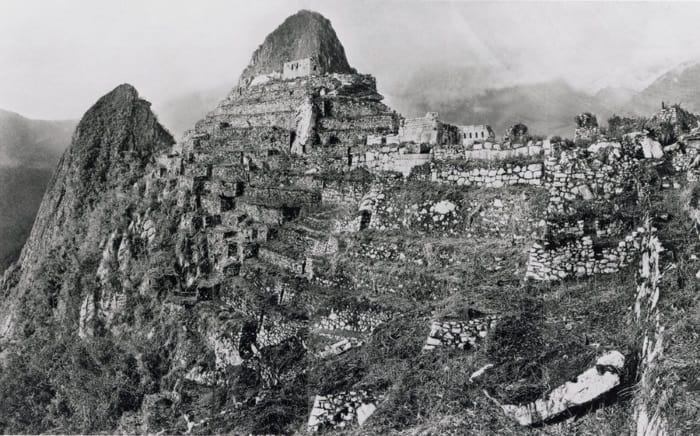
The expedition lasted until 1912, but when Bingham returned in 1915, most of the ruins were overgrown, and in some places were pigs. It is also known that other missionaries discovered the city before Bingham, but they probably did not consider it so valuable. Two years later, Bingham wrote about Machu Picchu for the first time in National Geographic.
The century-old dispute
Bingham, under a special permit, took from the site about 5,000 artifacts to Yale University for closer examination. The Peruvian government lent them to the Americans for a thorough review and determination of the return date. The university eventually requested an extension but did not return the artifacts by the set date. After World War I, the Americans returned some artifacts, but the Peruvian government still lacked most of them.
After the change of government in Peru, the situation began to escalate into conflict. In 2008, the university gave Peru an opportunity to view the collection, but the government refused and threatened to sue. The Peruvian government finally began a lawsuit in the same year, asking Barack Obama to return all the artifacts to their homeland. Based on the inventory, it was found that 46,332 pieces were held illegally. The university says it was a misunderstanding. When the case went to a U.S. court, the university declared that Peru had waited too long for the trial to begin. Yale was charged with a felony in a Peruvian court.
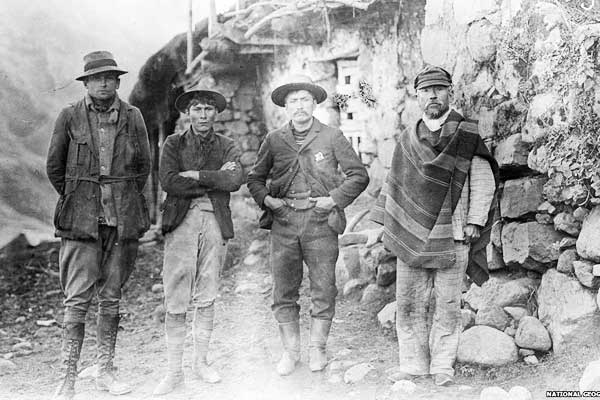
A big campaign was launched, and even Peruvians who ran the New York marathon had T-shirts written, “Yale, to return Peru artifacts from Machu Picchu.” In the end, the university decided to take everything back. The Peruvian president cited 2011 as an ultimatum for the return of all artifacts made by the Peruvian party.
Finally, about 4,849 pieces arrived in Peru, which contained vases, remains of bones, or utility items. About 360 pieces, which were of good quality, are now in the Machu Picchu Museum (Casa Concha) in Cusco, and the rest are at the National University of San Antonio de Abad del Cusco. This and Yale University have agreed on a long-term partnership.
Bingham said at the time that leaving the artifacts to the Peruvian government would be worrying. Peru did not have enough experienced archaeologists or adequate storage facilities, so Yale University has ended up holding them for up to 99 years to keep pieces that are not suitable for display in the museum. The university also called for the creation of security and technological conditions for exhibitable pieces before returning them to Peru. Unfortunately, a large number of archaeological finds have been lost, stolen, and improperly stored in the past years in Peru.
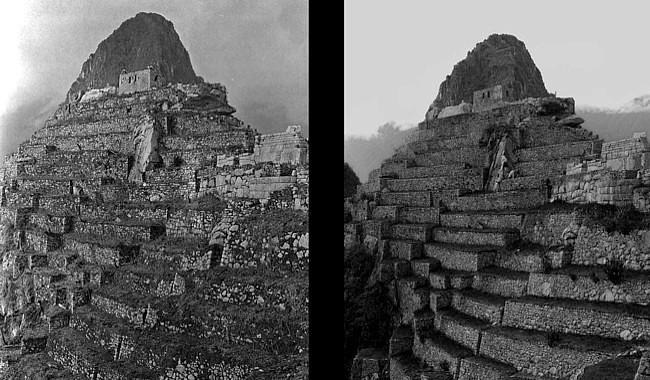
Yale University has prepared a huge number of studies throughout the period. Thanks to the newer technologies available in the United States, some of Bingham’s theories have even been refuted. But when the trial began in 2008, the work became more complicated. Researchers at Yale University, therefore, contacted a Peruvian archaeologist and the university of Cusco to agree on a collaboration.
Some sources claim that Bingham’s personal collection from Machu Picchu was probably quite simple and did not contain gold or silver. All the valuables were taken away by the inhabitants of Machu Picchu when they left him.
Some historians claim that there are still a few artifacts left at Yale University that will never go back. The university does not have to return the objects that Bingham bought illegally from merchants in Peru. However, historians say that Bingham smuggled some objects home and also sent several to the United States under a pseudonym. When a Peruvian archaeologist visited Yale University, he found artifacts from the university collection in Bingham’s collection.

Many Peruvians are convinced that many gold pieces were stolen. There are two versions of the story. The official one depicts Bingham as the discoverer of a lost city and a hero who made a great contribution to world archeology. But the other says that he was a smuggler and took the most valuable artifacts not only from Machu Picchu for himself. You can make up your own mind by reading the whole dispute here.

How has Machu Picchu eventually become so popular?
After Bingham had discovered Machu Picchu he wrote the book The Lost City of the Incas, which immediately became popular. Mentioned in the National Geographic article helped his popularity as well. In 1981, Machu Picchu was declared as The cultural heritage of the nation and in 1983 was listed as a UNESCO World Heritage Site. The lost city of the Incas was declared in 2007 as one of the New 7 wonders of the modern world, and since then more and more tourists have become interested in visiting it. Eventually, it got “out of control” and Peru received a warning from UNESCO to reduce the number of tourists. Peru responded by setting a maximum number of tourists – 5,000 during the season (half as much as recommended by UNESCO) and people were allowed to be there for many hours.
However, the Peruvian government has had big plans for this tourist attraction. They have started building a new international airport in the village of Chinchero. UNESCO has sent a request for consideration, saying that it is a threat to world heritage, but the president still insisted on his decision. During the pandemic, construction was temporarily suspended, but sooner or later tourists will have easy access to Machu Picchu directly from the airport.


Fun fact: Before the rediscovery of Machu Picchu, families who lived on the site had lost their homes when Hiram Bingham and his team began research there. Families had to leave their homes, but no one reimbursed them for the losses.
Fun fact 2: The family of Bingham’s wife is the founder of Tiffany & Co., which, in addition to National Geographic, also supported the expedition to Machu Picchu.

